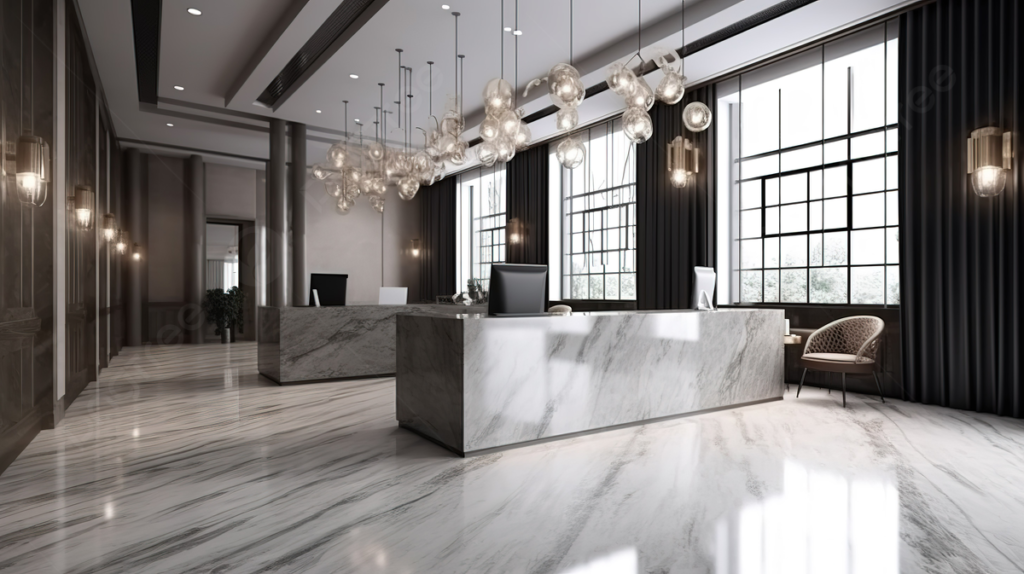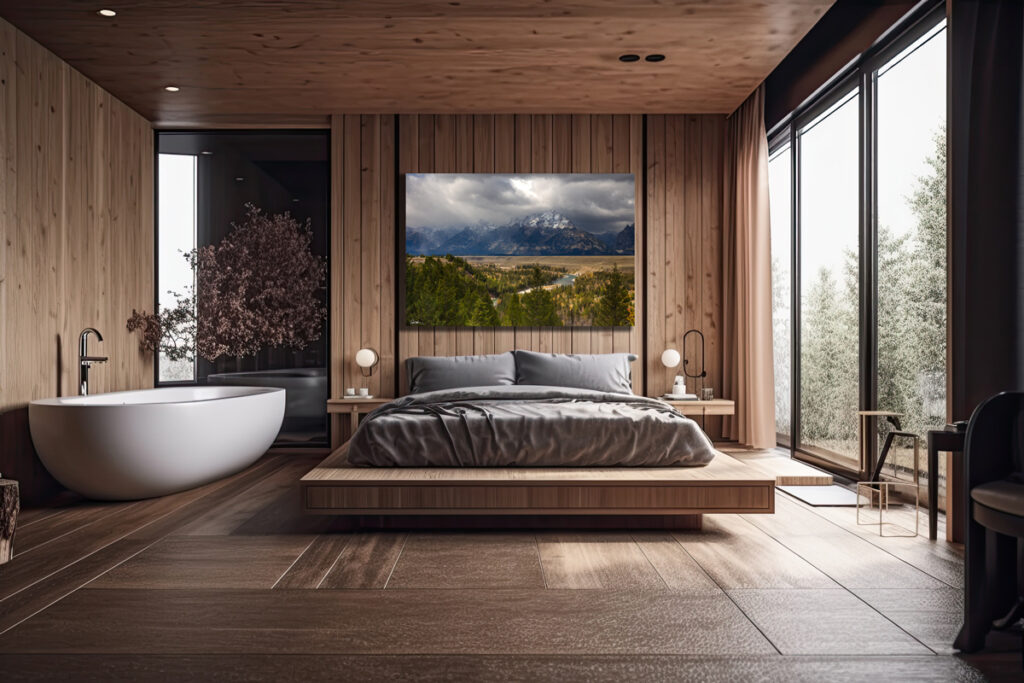
Hotels
Commercial construction for hotels involves designing and building facilities that provide accommodation and services to travelers. This sector encompasses a wide range of hotel types, from luxury resorts to budget motels, and each type requires different considerations in terms of design, functionality, and amenities. Here’s an overview of the key aspects involved in hotel construction:
Types of Hotels
- Luxury Hotels: High-end properties offering premium amenities, services, and accommodations. Examples include five-star hotels and boutique hotels.
- Mid-Scale Hotels: Offer a balance of comfort and affordability, often including a range of amenities but at a lower price point than luxury hotels.
- Budget Hotels: Focus on providing basic accommodations at a lower cost. Often includes limited amenities.
- Extended-Stay Hotels: Designed for longer-term stays with features like kitchenettes and laundry facilities.
- Resorts: Hotels located in vacation destinations, offering extensive recreational facilities and services.
- Motels: Typically located along highways or in suburban areas, offering simple accommodations with easy access to parking.

Key Considerations in Hotel Construction
- Design and Layout:
- Guest Rooms: Design of rooms to ensure comfort and functionality, including considerations for privacy, lighting, and noise control.
- Public Areas: Design of lobbies, lounges, restaurants, and meeting spaces to enhance guest experience and operational efficiency.
- Service Areas: Layout for back-of-house operations such as kitchens, laundry, and storage.
- Amenities:
- Dining Facilities: Restaurants, bars, or cafés that cater to guests.
- Recreational Facilities: Pools, spas, fitness centers, and other amenities that enhance the guest experience.
- Meeting and Event Spaces: Conference rooms and banquet facilities for business and social events.
- Guest Experience:
- Comfort and Functionality: Ensuring that rooms and public areas are designed for maximum comfort and ease of use.
- Accessibility: Designing for accessibility to accommodate guests with disabilities, including ADA-compliant features.
- Technology Integration:
- Smart Rooms: Incorporating technology for room controls, including lighting, temperature, and entertainment systems.
- Wi-Fi and Connectivity: Providing robust internet access throughout the property.
- Guest Services: Integration of systems for check-in/check-out, room service, and concierge services.
- Sustainability:
- Energy Efficiency: Implementing energy-efficient systems for heating, cooling, and lighting.
- Water Conservation: Using water-saving fixtures and systems.
- Green Building Standards: Incorporating sustainable practices and materials, such as those outlined in LEED certification.
- Compliance and Safety:
- Building Codes: Ensuring the design and construction meet local building codes and regulations.
- Fire Safety: Including fire alarms, sprinklers, and other safety systems.
- Health and Hygiene: Designing for easy cleaning and maintenance, particularly in high-touch areas.

Phases of Hotel Construction
- Pre-Design and Planning:
- Market Research: Assessing the demand and competition to determine the type and scale of the hotel.
- Concept Development: Defining the vision and unique selling points of the hotel.
- Design Development: Creating detailed plans and layouts, including architectural, structural, and MEP (mechanical, electrical, and plumbing) systems.
- Permitting and Approvals:
- Zoning and Land Use: Securing necessary zoning approvals and land use permits.
- Building Permits: Obtaining permits required for construction.
- Construction:
- Site Preparation: Clearing and grading the site, as well as setting up utilities.
- Foundation and Structural Work: Building the foundation and structural framework.
- Systems Installation: Installing HVAC, plumbing, electrical systems, and other essential infrastructure.
- Interior Build-Out: Completing the interior spaces, including guest rooms, public areas, and back-of-house facilities.
- Exterior Work: Finishing the building’s exterior, including facades, windows, and roofing.
- Finishing and Furnishing:
- Interior Design: Adding furnishings, decor, and fixtures to complete the guest rooms and public areas.
- Signage and Branding: Installing signage and branding elements to reflect the hotel’s identity.
- Inspection and Commissioning:
- Final Inspections: Ensuring all systems and features are functional and compliant with regulations.
- Staff Training: Training staff on the use of new systems and the operational procedures of the hotel.
- Opening and Operations:
- Soft Opening: Conducting a trial run with limited guests to identify and resolve any issues.
- Grand Opening: Officially launching the hotel with a promotional event or campaign.

Challenges
- Budget Management: Balancing costs with the desired level of quality and amenities.
- Timeline Adherence: Meeting construction deadlines while maintaining high standards.
- Market Positioning: Ensuring the hotel meets the needs of its target market and stands out from competitors.
Commercial hotel construction requires a multidisciplinary approach to create a facility that offers an exceptional guest experience while being operationally efficient and financially viable. It involves careful planning, design, and execution to ensure the final product meets the expectations of both guests and operators.

© 2024 All Rights Reserved.


